Now that my jetlag has finally passed (aka I’m not falling asleep randomly on public transport), it’s a good time to talk about the last few weeks.
I was in Switzerland to judge at the 26th Concours Mondial de Bruxelles, a huge wine competition featuring 350 judges tasting almost 10,000 wines from around the globe.
Just like last year in Beijing, this Concours was an adventure. A cheese-soaked, unexpectedly snowy experience, helped along by the backdrop of what is a beautiful country.
Rather than just banging on about in text, this is a story that needs to be told with photos. There’s a bit more to unpack about Swiss wine – particularly as I spend a few extra days touring vineyards across Switzerland – but I’ll leave that to a separate post.
Let’s get started:
The judging was held in Aigle in the south eastern corner of Switzerland near the French border. It’s a French-speaking area with an extensive wine history, as witnessed by terraced vineyards that date back to Roman times. It’s tricky to see in the picture (click on it for a better look), but the steep terraced slopes are akin to those on the slopes of the Rhine, in the Douro or Ribeira Sacra in Spain. The main grape here (in the canton of Vaud) is Chasselas, which at its best makes for refreshing white wine, but can taste like an absolutely innocuous cool climate Verdelho. Low in acid, it can be mouthwateringly delicious and gently fruity (especially with some skin contact), but is mostly, frustratingly, simple drinking fare.
While the judging was in Aigle (pronounced something like egg-le, which means eagle), we stayed up the hill in the ski resort of Leysin. This is the view from my hotel room, looking towards Mont Blanc (middle background).
The view from my daily ‘commute’ back down the hill from Leysin to Aigle on the cog train. What a commute! The terraced vineyards are alongside some of the steep sections too. Magnificent.
A velodrome is one of the more surreal places to hold a wine competition, especially with cyclists circling around. But the UCI’s track in Aigle made a surprisingly suitable venue. My table was middle left.
The spread of judges at this show is seriously broad, with lots of Europeans (naturally) but so many countries represented, from Mexico to South Africa, South Korea to Ireland. The other Aussies judging this year included Dave Brookes, Jeni Port, Rob Geddes and Dave Mavor.
My panel for 2019. From left to right judges were from Italy, Portugal, UK, Switzerland and a dumb Aussie at the end.
Another year in using the tablets and they work fine. The judging here involves small flights of up to 15 wines judged at a relatively leasurely place in silence. No discussion while judging, only after. This year’s panel had even less talk than last year, and I felt it hurt results – we could have all come up a bit on some scores and given more (deserving) medals. Anyway, the diversity of wines tasted this edition was a highlight. I tasted a Russian Merlot; Kazakh Pinot; a whole flight of Romanian whites; some great Swiss Pinot, Belgian whites and loads more.
Spring was just arriving up the mountain in Leysin, with the ski season finishing (late) a few weeks ago.
At the top of the cable car above Leysin lies the Berneuse restaurant. At over 2000m up it was definitely not feeling like almost summer…
Which was a sign of things to come. Just two days later and the weather turned, dumping 15cm of snow.
It’s unusual to get snow this late in the season, but hey we’re in the mountains in Switzerland!
This idiot went running in the snow anyway. It was hilarious until I almost stacked it on an icy patch under the chairlift.
Damn I ate a lot of cheese.
With the town of Gruyere just over the hill, it’s hard not to eat a lot of cheese in this part of the world. My body hated me after a week on a cheese/cured meat diet, however.
Epic fondue from a restaurant in Leysin called La Fromagerie. Worth a visit if you want a real fondue experience.
The housemade fondue cheese is a blend of hard and soft local cheese, matured for 6 further months together. Delicious.
Also in Leysin, a reminder that the Italian border isn’t far away either (just the other side of Mont Blanc). This ravioli with fresh grated truffle felt autentico.
A view from the water on Lake Geneva. Those spectacular, UNESCO listed terraces of Lavaux include Switzerland’s first Grand Cru vineyards. Frustratingly, it was difficult to even try the (mainly Chasselas) from these slopes. I’m not sure exactly why either (besides scarcity).
The announcement of next year’s Concours in Brno, Czech Republic. Naturally this was a good excuse to drink massive glasses of Chasselas.
With the competition over and the snow melting (a little), it was time to head to the far eastern side of Switzerland (on the Austria/Lichtenstein border) to explore a little more of German Switzerland.
The single best way to explore Switzlerland is by train, with the views from the fast, clean, incredibly efficient trains just beautiful. Incidentally, 90% of Swiss trains run on time (within 4 minutes) and it’s almost national outrage point when they’re ten minutes late. What a great world. My local bus is 10 minutes late most days…
Switzerland is even more beautiful than you can imagine. This pic comes from Bad Ragaz where I stayed at the palatial Grand Resort Bad Ragaz. No filter needed for these photos.
A few pics from the border of St. Gallen & Grisons cantons, with the final shot looking north down the Rhine River. Behind me leads to Davos and the source of the river, in front of me is Lichtenstein and Gonzen. That middle pic is the park which is apparently the home of ‘Heidi’, the children’s book character.
The snow may have made for stunning photos, but the chill caused chaos for vignerons. Here I am in the Bündner Herrschaft region near Fläsch and the smudge pots were running for most of the night when I arrived. It hit 0.5C so a very very close call. Note the freshly mowed mid rows, which can help limit the damage of frost. As climate change pushes budburst ever earlier, frosts are becoming even more of an issue here.
The Bündner Herrschaft is home to some of Switzerland’s finest Pinot Noir, locally called Blauburgunder. Production is tiny, quality is high, and land prices are sky high – 600k – 1 million CHF per hectare is the norm (and the same in euros) which puts these amongst the highest in the world. Bordeaux/Cru Burgundy territory. What’s more, the vineyards are still farmed in tiny lots, with relatively few winemakers. This region needs to be viewed as more like Burgundy (and the quality can be on a par too).
With the border so close, why not pop over to Lichtenstein? This is one of the few vineyards in the tiny country, surrounding the Burg Gutenberg castle on the hill.
Now for something completely different, a trip to the seedy part of Zurich. This is a city that is spotless, with a long history (see top shot) and incredible wealth, but that doesn’t mean there can’t be a Vietnamese restaurant with dancing girls and an Italian name?
I was again reminded of the scale and depth of the Dubai duty free on the way home (though not cheap at all). Great to see some boutique Aussie wines pop up like these LAS Vino rosé in amongst the first growth Bordeaux.
(I travelled courtesy of Concours Mondial de Bruxelles and Switzerland Tourism)
Help keep this site paywall free – donate here





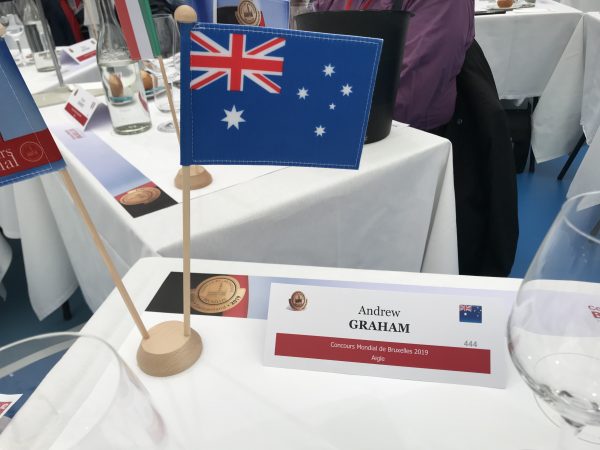









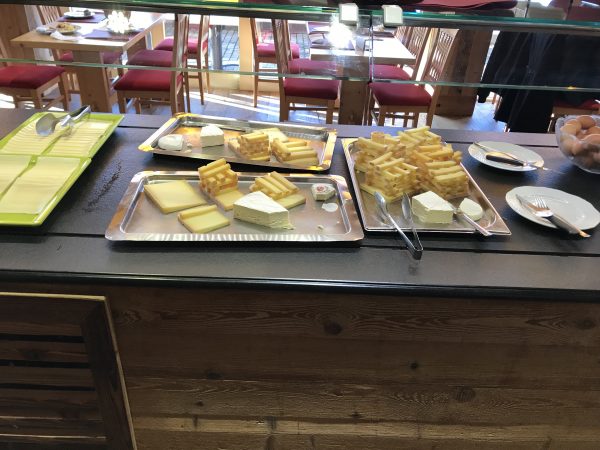

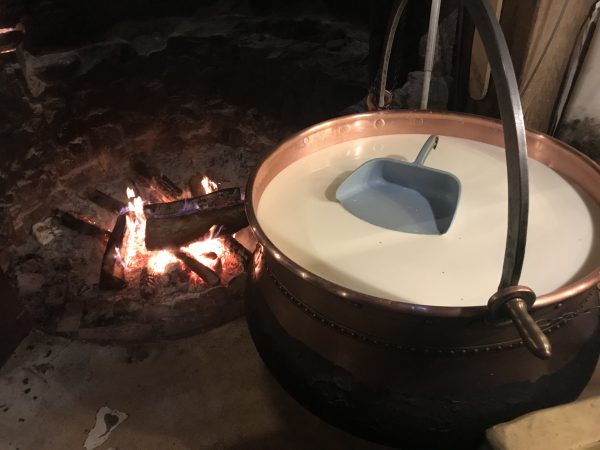
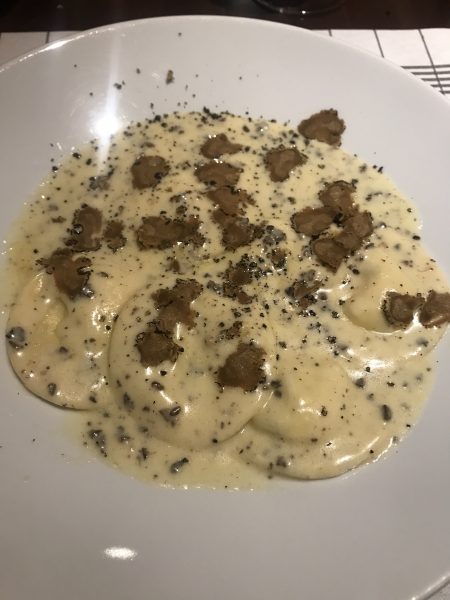


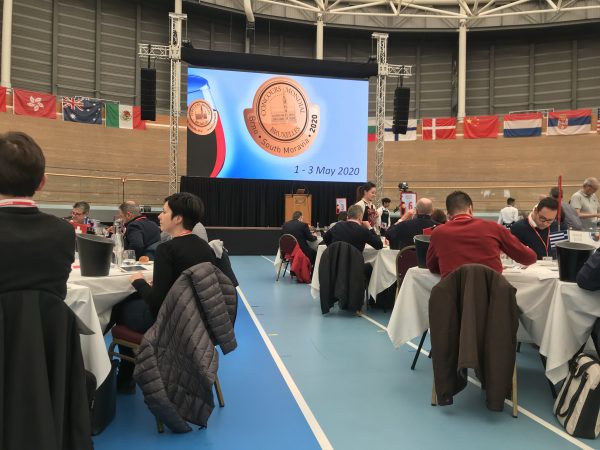


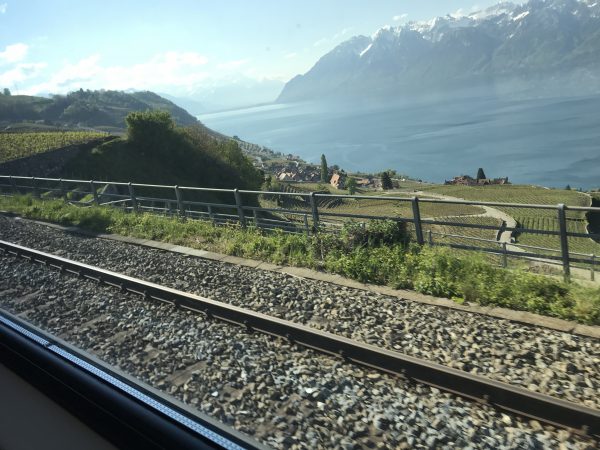








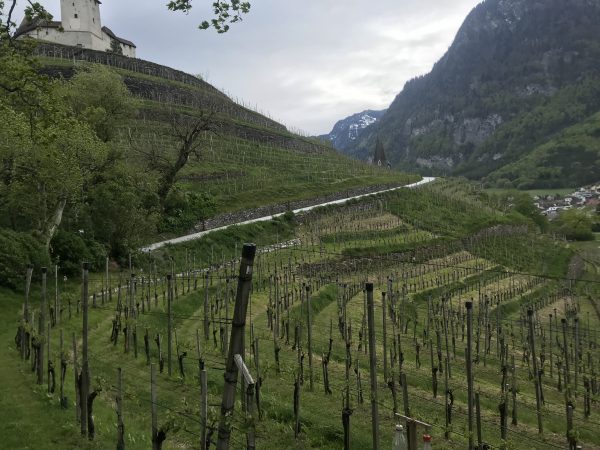
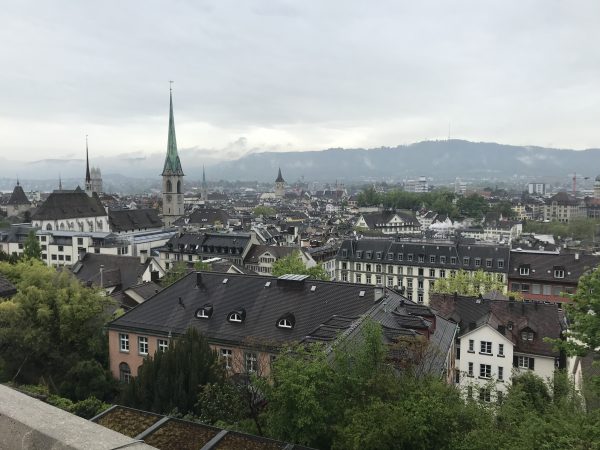


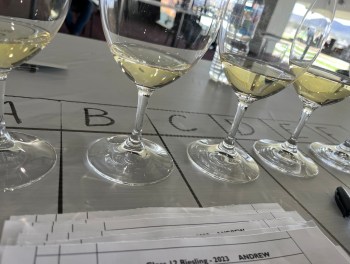
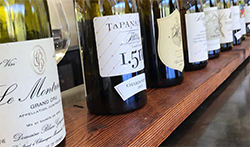
2 Comments
I lived up the Valais Valley near Sierre for many years (back in the skiing days) and remember some ok Dole Blanc, but yes, the whites back in the ’80s were very average. Fendant was the wine of choice back then.
Still stands. The whites are ok, but unexciting. Less exciting than they should be.